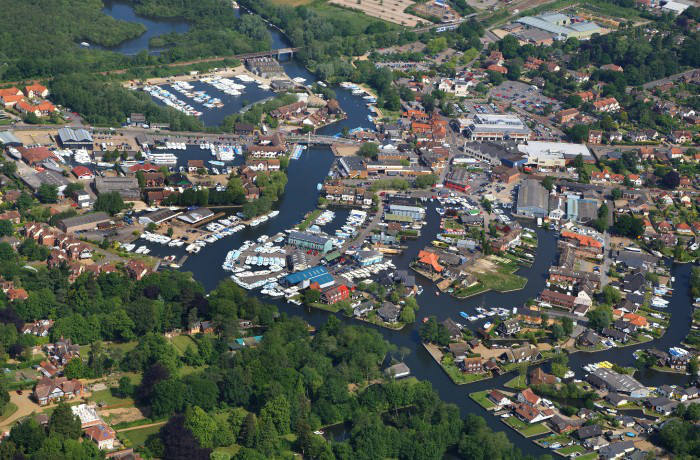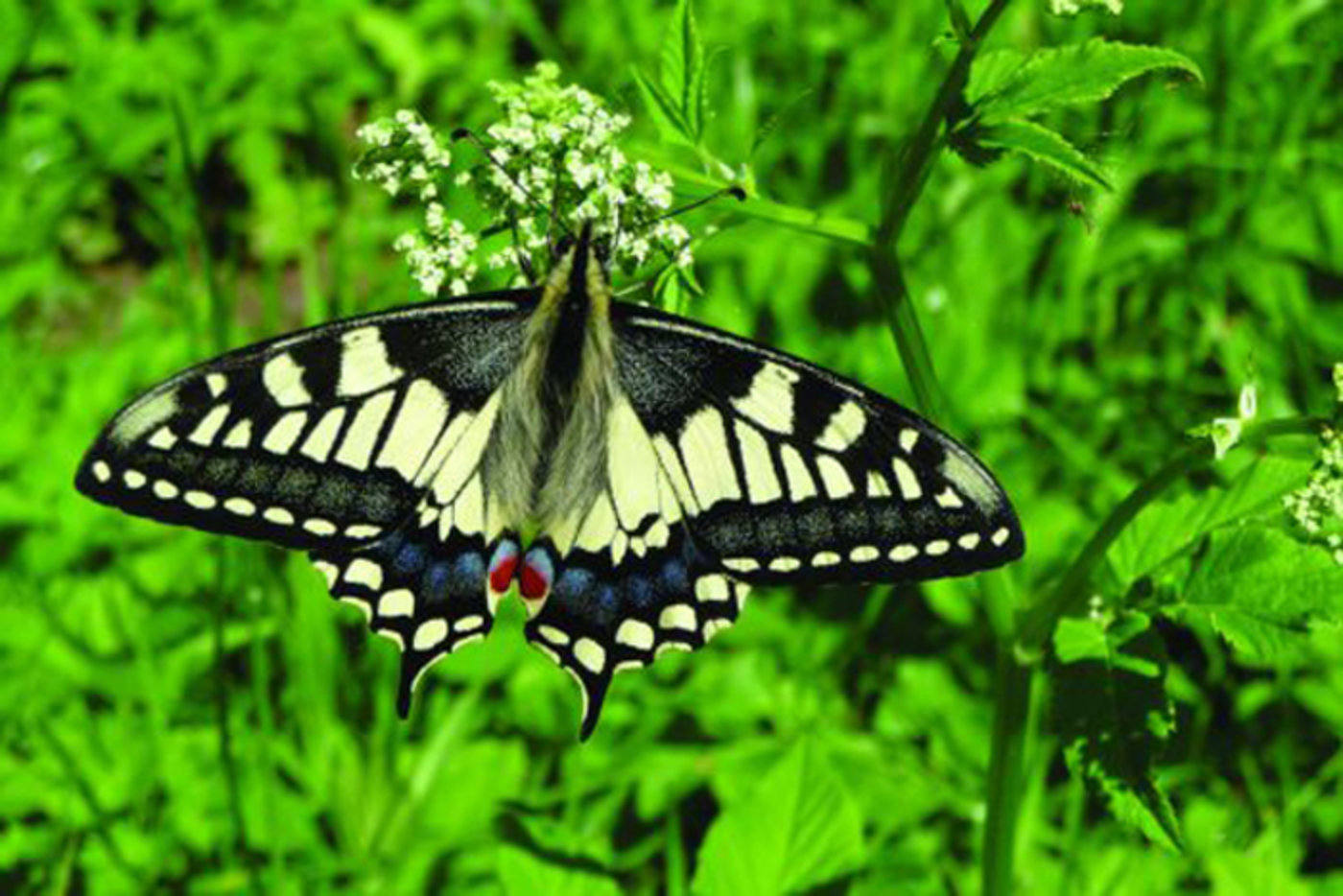1. The Broads are the 3rd largest inland navigation area in the UK

The total area is 303 square kilometres (117 sq mi) of fen, marsh and water, most of which is in Norfolk. The area also has 2.7km of coastline. The length of navigable waterways extends more than 125 miles (200km) passing through or adjacent to villages, towns and even the city of Norwich.
2. The Broads are protected by law
The Broads are protected by the Norfolk and Suffolk Broads Act 1988 and later the 2009 Act and are governed by The Broads Authority. It is the duty of the Authority to manage the Broads for the purposes of conserving and enhancing the natural beauty, wildlife and cultural heritage of the Broads, promoting opportunities for understanding and enjoyment of the special qualities of the Broads by the public and protecting the interests of navigation.
3. The Broads are mentioned in a Bowie song

David Bowie’s popular hit ‘Life on Mars’ famously contains the line ‘From Ibiza to the Norfolk Broads’.
4. The Broads provide natural, sustainable materials
Norfolk reed from the Broads has been a traditional material for thatching houses for centuries. The reed grows naturally without human intervention and is harvested between December and April once the growing season has ended. The cutting of the reed stimulates the natural ecosystem and allows for the reed to grow stronger each year.
5. The Broads have inspired novels
Arthur Ransome, the author of the famed children’s series “Swallows and Amazons” (1929), wrote many of the school-holiday adventures based on his visits to the Broads. Not only were these books inspired by the natural landscape but Ransome also spent time writing the books at the Broads.
6. The Broads have been extended
In one of many attempts to extend the navigable rivers, improvements were authorised in 1670 on the River Waveney and 3 locks were installed, at Geldeston, Ellingham and Wainford. These remained in use until 1934 and are now closed to the public, although local landowners are allowed to travel by canoe and other unpowered vessels which must be carried around the locks.
7. The Broads are the habitat for 25% of the UK’s rarest species

Home to the Fen Raft Spider, considered extinct in the UK until a sighting at the Norfolk Broads in 1986, and the rare Swallowtail Butterfly, which in the UK can only be found in the Broads, the precious habitat of the Broads is closely monitored by the Broads Authority to help preserve these rare species.
8. The Broads have only one functioning lock remaining
The only remaining lock on the Broads is Mutford Lock This is situated between Oulton Broad and Lake Lothing in Lowestoft. The purpose of this lock is to create separation between the Broad tidal system and the North Sea which connects at Lake Lothing.
9. The Broads were a man-made accident
The Broads were formed by the flooding of medieval peat excavations which provided fuel to Norwich and Great Yarmouth. As the sea levels began to rise, the pits began to flood. By the end of the 14th century, the pits were abandoned and the Broads were formed.
10. The Broads feature the only monastery in England not to be closed by King Henry VIII
During the Dissolution of the Monasteries, St Benet’s Abbey on the River Bure was instead united with the bishopric of Norwich and remains so to this day. Today you can visit the ruins of St Benet’s Abbey by boat; just moor up at the Broads Authority’s free moorings. On the first Sunday of August the Bishop of Norwich, who is also the Abbot of St Benet’s Abbey, arrives by wherry to lead the annual outdoor service.
If you’ve got any obscure facts about the Broads, let us know!
